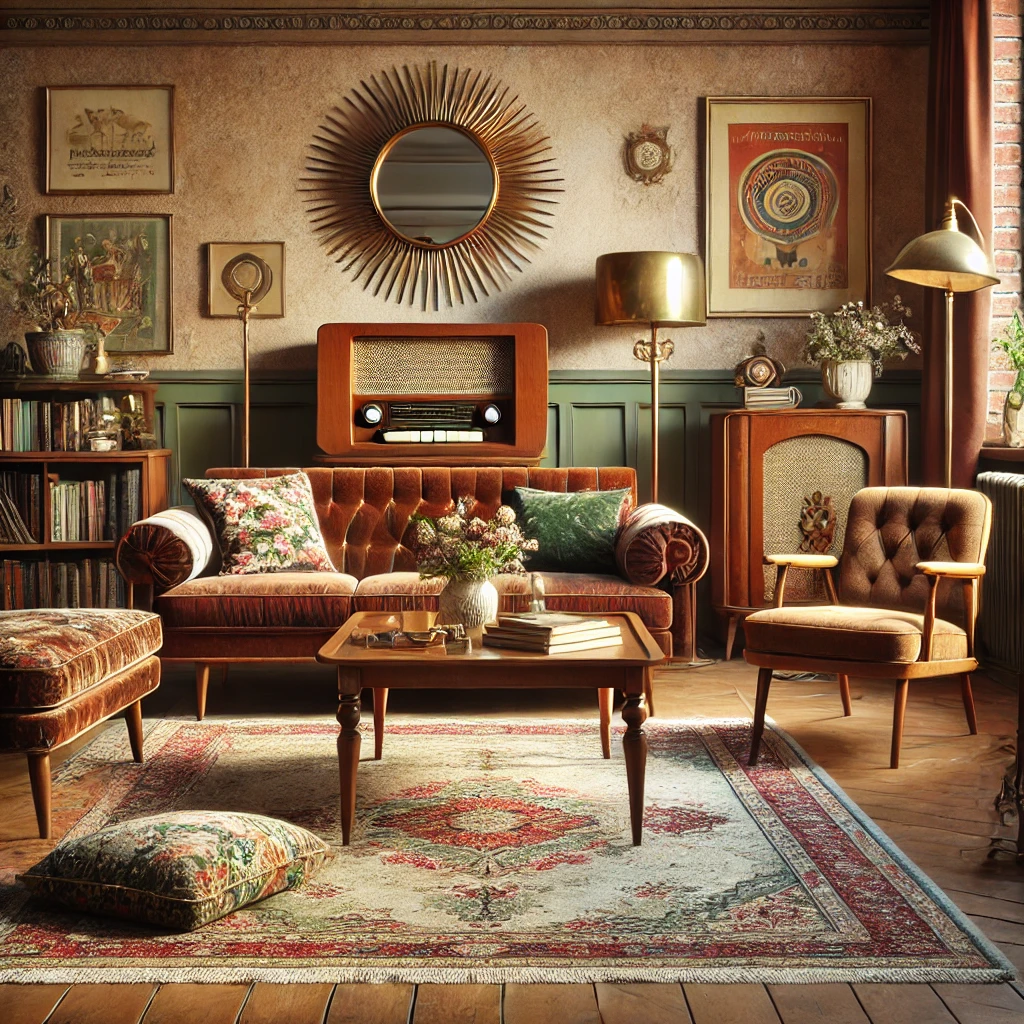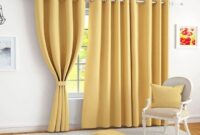Eco-friendly home decor has become a popular trend as more people seek to make environmentally conscious choices in their daily lives. By embracing sustainable materials, energy-efficient solutions, and thoughtful design, you can create a beautiful and eco-conscious space that benefits both your well-being and the planet.
This comprehensive guide will explore the principles of eco-friendly home decor, including sustainable materials, energy efficiency, indoor air quality, and creative ways to repurpose and recycle. Let’s dive into how you can transform your home into a stylish, eco-friendly haven.
Table of Contents
ToggleUnderstanding Eco-Friendly Home Decor
Eco-friendly home decor focuses on using materials and products that are sustainable, non-toxic, and environmentally friendly. The aim is to reduce the carbon footprint of your living space while maintaining style and comfort. This can be achieved through a combination of eco-conscious choices, such as selecting natural materials, energy-efficient lighting, and upcycled furniture.
Why Choose Eco-Friendly Home Decor?
Choosing eco-friendly home decor offers several benefits, including:
- Reduced environmental impact: By using sustainable materials, you help preserve natural resources and decrease waste.
- Healthier living environment: Non-toxic materials contribute to better indoor air quality and reduce exposure to harmful chemicals.
- Cost savings: Energy-efficient options can lower your utility bills, while durable, quality products reduce the need for frequent replacements.
Sustainable Materials for Eco-Friendly Home Decor
One of the most important aspects of eco-friendly home decor is selecting sustainable materials. These materials are renewable, biodegradable, and often have a lower environmental impact compared to conventional options.
Choosing Natural and Organic Materials
Natural and organic materials are at the heart of eco-friendly home decor. These materials include:
1. Bamboo
Bamboo is a fast-growing and renewable resource, making it an excellent choice for furniture, flooring, and home accessories. It has a warm, natural aesthetic and is highly durable.
2. Cork
Cork is harvested from the bark of cork oak trees, which regenerate after harvesting. This makes it a sustainable choice for flooring, wall coverings, and home accents. Cork is also hypoallergenic and provides excellent insulation.
3. Recycled Wood
Using reclaimed or recycled wood adds a rustic and unique charm to your home. It prevents deforestation and reduces waste. Look for furniture made from salvaged wood or consider incorporating recycled wood panels in your decor.
Eco-Friendly Fabrics
Fabrics play a crucial role in eco-friendly home decor. Choose fabrics that are natural, organic, and sustainably produced. Some options include:
- Organic cotton: Grown without synthetic pesticides or fertilizers, making it healthier for the environment and workers.
- Linen: Made from the flax plant, linen requires less water and pesticides compared to cotton.
- Hemp: A fast-growing plant that requires minimal water and no pesticides. It’s strong, durable, and softens with time.
- Recycled fabrics: Consider textiles made from recycled materials like PET bottles or reclaimed fibers to minimize waste.
Energy Efficiency in Eco-Friendly Home Decor
Creating an eco-friendly home goes beyond materials—energy efficiency is key to reducing your home’s carbon footprint and energy consumption.
1. Choose Energy-Efficient Lighting
Switching to energy-efficient lighting can significantly reduce electricity usage. LED bulbs use up to 80% less energy than traditional incandescent bulbs and last much longer.
Smart Lighting Solutions
Consider integrating smart lighting systems that allow you to control lights remotely or set timers. Smart lights can further reduce energy waste and enhance convenience.
2. Invest in Energy-Efficient Appliances
When selecting appliances, look for the Energy Star label, which indicates high efficiency. Energy-efficient appliances consume less power, saving you money and reducing environmental impact.
3. Use Natural Light
Maximize the use of natural light in your home to decrease the need for artificial lighting. Choose light, reflective colors for walls and arrange furniture to allow sunlight to fill your space.
Indoor Air Quality and Eco-Friendly Home Decor
Maintaining good indoor air quality is crucial for a healthy living environment. Traditional home decor can release volatile organic compounds (VOCs), which are harmful chemicals found in paints, finishes, and adhesives. Here’s how to keep your indoor air clean with eco-friendly choices.
1. Choose Low-VOC or VOC-Free Paints
Opt for low-VOC or VOC-free paints to reduce indoor pollution. These paints emit fewer toxic chemicals and have a less intense odor. Brands like ECOS and Benjamin Moore offer eco-friendly options.
2. Incorporate Houseplants
Houseplants are a natural way to improve indoor air quality. Plants like snake plants, peace lilies, and spider plants absorb toxins and release oxygen, making them great additions to eco-friendly home decor.
3. Use Natural Cleaning Products
Switch to natural cleaning products free from harsh chemicals. Vinegar, baking soda, and essential oils are effective alternatives that won’t compromise indoor air quality.
Upcycling and Recycling in Eco-Friendly Home Decor
One of the most creative and rewarding aspects of eco-friendly home decor is upcycling and recycling old materials. This not only reduces waste but adds a personal touch to your living space.
1. Repurpose Old Furniture
Give new life to old furniture by repurposing it. An outdated dresser can be transformed into a bathroom vanity, or old wooden crates can become stylish shelving units. Look for inspiration and DIY tutorials to make unique pieces.
2. Shop Second-Hand and Vintage
Consider buying second-hand furniture and decor items to reduce the demand for new products. Vintage stores, flea markets, and online platforms like eBay or Facebook Marketplace offer a treasure trove of eco-friendly home decor options.
3. DIY Home Decor Projects
Get creative with DIY projects using recycled materials. Make a stunning wall hanging from leftover fabric, craft candle holders from glass jars, or create a statement mirror from reclaimed wood. DIY projects are a great way to personalize your space sustainably.
Sustainable Home Decor Brands to Explore
When it comes to eco-friendly home decor, several brands prioritize sustainability without compromising on style. These companies offer eco-conscious products that you can feel good about using in your home.
1. West Elm
West Elm is known for its commitment to sustainability. They offer Fair Trade Certified™ furniture, organic bedding, and eco-friendly rugs made from natural fibers.
2. VivaTerra
VivaTerra specializes in sustainable home goods that emphasize natural beauty and craftsmanship. Their products include reclaimed wood furniture, eco-friendly kitchenware, and organic textiles.
3. The Citizenry
The Citizenry collaborates with artisans worldwide to create ethically sourced, handcrafted decor. Their collections feature sustainable materials like jute, wool, and organic cotton.
For a more in-depth look at sustainable design, check out Green Building Advisor, which provides insights on eco-friendly construction and interior design.
Final Thoughts on Eco-Friendly Home Decor
Embracing eco-friendly home decor is about making conscious choices that benefit both your home and the planet. From sustainable materials to energy-efficient solutions, there are countless ways to design an eco-conscious space that reflects your style. By prioritizing sustainability, you’re not only creating a healthier living environment but also contributing to a better future for generations to come.
Frequently Asked Questions About Eco-Friendly Home Decor
What makes home decor eco-friendly?
Eco-friendly home decor focuses on using sustainable materials, reducing energy consumption, and minimizing environmental impact. It involves selecting non-toxic, natural materials, energy-efficient appliances, and recycling or upcycling whenever possible.
How can I make my home more eco-friendly?
You can make your home more eco-friendly by choosing sustainable materials like bamboo and reclaimed wood, using energy-efficient lighting, incorporating houseplants, and buying second-hand furniture. Prioritizing natural and organic fabrics also contributes to an eco-friendly home.
Is eco-friendly home decor more expensive?
While some eco-friendly home decor items may have a higher upfront cost, they often save money in the long run through durability, energy efficiency, and lower maintenance. Shopping second-hand and DIY projects can also make sustainable choices more affordable.
Why is eco-friendly home decor important?
Eco-friendly home decor is important because it reduces the environmental impact of home furnishing and decor. It supports sustainable practices, enhances indoor air quality, and aligns with a growing desire for ethical and conscious consumerism.
By understanding and embracing eco-friendly home decor, you can create a stylish, comfortable, and sustainable living space that makes a positive impact on both your life and the environment.




